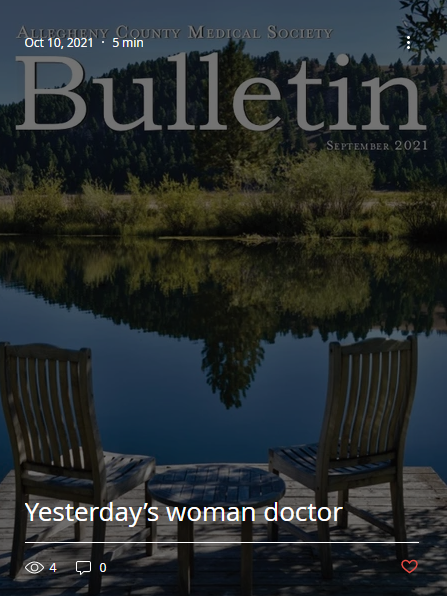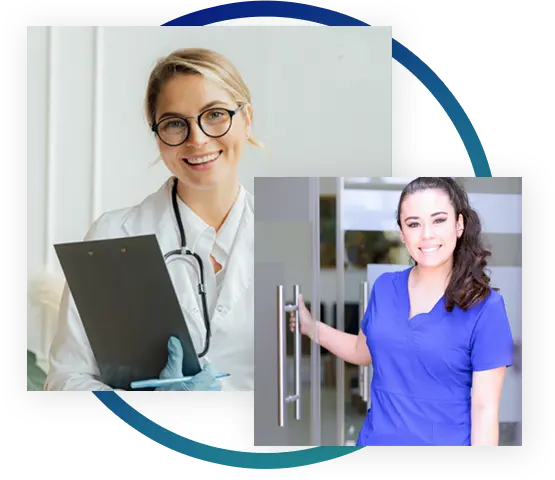
I graduated high school in 1962 and spent my youth in mid-century America in the 1950s. I went to the Catholic grammar school in a neighborhood on the southside of Chicago, a middle-class neighborhood that saw generations of the same families raising their families, something akin to a small town in the larger city of Chicago.
The historical event that had the most significant influence on my education and choice of career was not the election of our Camelot President Kennedy, nor the advent of rock ‘n’ roll. Rather, it was the launching of Sputnik by the Soviet Union. This unthinkable accomplishment by a hostile foreign power shook the pastor of our church to his core. He saw this as a direct challenge to Catholic education in America. He vowed our parish high school would have an advanced science math program. It was to be the jewel of the high school’s offering and only the best students would partake. (Keep in mind this was in the days before honors courses and advanced placement.)
So, I was introduced to an advanced biology course in my freshman year in high school. It was taught by a dynamic and gifted priest, Father Wormser. This introduction was followed by courses in chemistry, physics, physiology and organic chemistry. From the beginning, I was transfixed by science and biology in particular. Since I enjoyed the camaraderie of people and was mesmerized by the sciences, I began to consider the choice of medicine as a career.
However, there might be an obstacle in the pursuit of this goal. I was raised in a very traditional patriarchal family. I can still remember the evening when I was 14 years old sitting at the dinner table. My father fixed me in his stare and asked if I had given any thought to career pursuits. I should explain here that while my family was traditional, education was worshipped. Going to college was not the question. It was rather which graduate degree was going to be pursued. Yet, I thought he would be expecting traditional female pursuits such as teaching or nursing. I bravely told him that I was giving thought to becoming a physician. There was a brief moment of silence before my father’s face broke into a proud smile and he declared that this was an absolutely magnificent choice. His thinking was in part influenced by the experience of his three sisters, who had been widowed or remained unmarried without an education. He believed everyone, including women, should be able to provide for themselves.
I discussed this beginning to illustrate the support I would receive from my family in the difficult years to follow. The difficulties began with well-meaning aunts and other relatives pointing out how difficult the studies would be, how long the hours would be, and the dismal chances of anyone marrying a woman doctor. Through it all my father would say, “If you want to be a doctor, you will be a doctor; if you want to get married and have a family, you will get married and have a family. All you have to do is work for it.” I might add that the teacher priest of my freshman year in high school and one uncle also pushed me onward.
Throughout premed, it was understood by all females traveling this road to medicine that our GPAs had to be higher than our male counterparts to gain entrance to medical school. I really did not think about the unfairness of this but just worked harder. To me, there was the goal of medicine or an abyss.
Now it is the spring of 1965, and I am interviewing for a spot at Loyola Medical School. I sailed through the preliminary faculty and now was before the dreaded Dean Sheehan. He appeared to be studying my application and transcript when he looked up from the paperwork and asked if I was married. I replied that, as it said on the application, I was single. He then asked if I was engaged. I told him that I was not. Finally, he asked if I had a boyfriend. I said that I did not, right at that moment. It was then that I took the lead and told him that I planned one day to marry and have a family, but that I also planned to be the best physician I could be. The interview ended and I was accepted.
I was one of four women in my medical school class of 88 students. One of the other women was a nun, and one dropped out after freshman year. Two years later, 20% of the class was female, and 10 years later, the number approached 50%.
During my studies, I was not met with hostility or resentment. My classmates were very supportive, and I still count some of them as my best friends. There was, of course, an occasional nonbeliever, but usually from other schools. Chicago had five (now it is six) medical schools at the time, and students from all schools would mix at certain sites. The way I dealt with these recalcitrant individuals was to ignore them as their stance really did not impact me. I was here to stay. When my husband was heading to Chicago for his medical studies, his aunt advised him to bring home a woman doctor for a wife. Times were changing.
I was fortunate to train at Loyola, which was one of the medical centers that early on abandoned the psychoanalytic model for mental illness and embraced instead biological etiology and treatment. Indeed, it was one of the sites for the studies done to demonstrate the efficacy of lithium in the treatment of bipolar illness. I was intrigued and chose psychiatry as my specialty. Again, I had a strong male mentor, Dr. Al Spudoni, at Loyola. I did my residency at Case Western Reserve in Cleveland, where I was introduced to forensic psychiatry. There, I was fortunate enough to be taught and encouraged by the renowned Dr. Phillip Resnick.
On arriving in Pittsburgh, I began work at the court clinic. Luckily, I was in the right place at the right time. The director retired and named me as his successor. This led to a reputation that allowed me to develop a thriving forensic practice. When forensic psychiatry was recognized as a subspecialty, again I was in the right place at the right time and was tapped by UPMC to develop and direct a fellowship. This was something that both intrigued and intimidated me. However, with my husband echoing my father saying, “You can do it if you want to,” I met the challenge.
I am so fortunate to have followed my goal and to have had a rich career supported first by my father and other mentors including my husband, Dr. Louis Martone, a retired dermatologist. Since there were few women in medicine when I began my career path, my mentors and cheerleaders were mostly male.
I am retired now. I look back. My career has been challenging, interesting and even fun. I met many wonderful colleagues with whom I enjoyed lasting friendships. I have been lucky enough to have married the right man. Together, we raised four children who now have their own families. Our daughters are engaged in their careers while raising their children. One of our sons is an attorney and one is a physician. And I got a bonus! Our physician son is a forensic psychiatrist and has assumed my practice.
And so, Dean Sheehan, I did as I told you I would. With the encouragement of supervisors and mentors, the love and support of family and friends, and the grace of God, I, along with my husband, raised a family and was blessed with the opportunity to be the best physician I could be.
Dr. Martone is the former medical director of the Behavior Assessment Unit, Allegheny County Court of Common Pleas Criminal Division; developed and was director of the Forensic Psychiatric Fellowship at UPMC/WPIC; past president of the Pittsburgh Psychiatry Society; frequent presenter at AAPL; and has been published in the American Journal of Psychiatric Association. She can be reached at [email protected].

